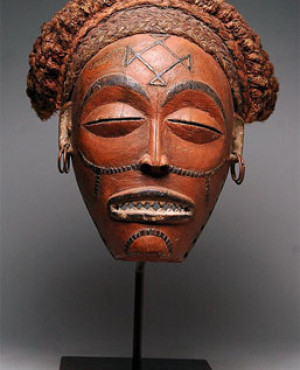
Luanda – The Chokwe ethnic group can mostly be found on the borders of central Africa in Angola, Zambia, and the Democratic Republic of Congo. With their numbers growing through the years, they are considered the largest ethnic group on the borders of Angola and Zambia, as well as one of the prominent communities in central Africa in general.
History
Many of the Chokwe people can trace their ancestry to the Mbuti and Mbundu pygmies. They are a mixture of various groups that are believed to originate from Lunda and the aboriginal peoples of the region. They speak the Chokwe language and also the national languages of the countries that they currently live in.
The Chokwe also saw firsthand the struggles brought about by slave trading in the 18th and 19th centuries. The Chokwe often sought out other ethnic groups to sell as slaves. During those times, many African communities and tribe members were captured, exported, and used as slaves by outsiders. Nevertheless, the Chokwe communities continue to survive to this day, and their art, society, and culture have been the subject of various studies and appreciation.
Arts and Society
Crafts are one of the main cultural treasures of the Chokwe people. They are famous for their exceptional craftsmanship, which is evident in their baskets, mask carvings, pottery, statues, and other handicrafts. They usually integrate different parts of their mythology that represents their community’s beliefs. Their artworks reflect the ideas, beliefs, and history that their people have kept throughout the centuries, preserving their story for future generations.
Aside from their art, the Chokwe people are also known for living in woodland savannas, as well as along marshlands or rivers. However, the people who live in the north are better known for their hunting skills, while the ones in the south focus on the cultivation of staple crops.
A typical Chokwe village has a chief and various village groups. They typically live in square huts or circular grass houses, with a central space in their neighborhood that serves as an area for village gatherings.
They believe and practice ancestor worship. The chiefs of some villages are thought to be representatives of the god Kalunga or Nzambi. With this in mind, the chiefs are also called Mwanangana, which means “overseer of the land.” Moreover, their carvings with artwork showing their mythology are believed to be spiritual. The Chokwe believe that their handicrafts help connect them to their ancestors and gods. Thus, in spite of colonization and conversion to Christianity of other Chowke members, they have kept their original beliefs and practices, including particular ceremonies that are rites of passage.
Image from ARTENEGRO African Tribal Arts, https://www.flickr.com/photos/artenegro/



